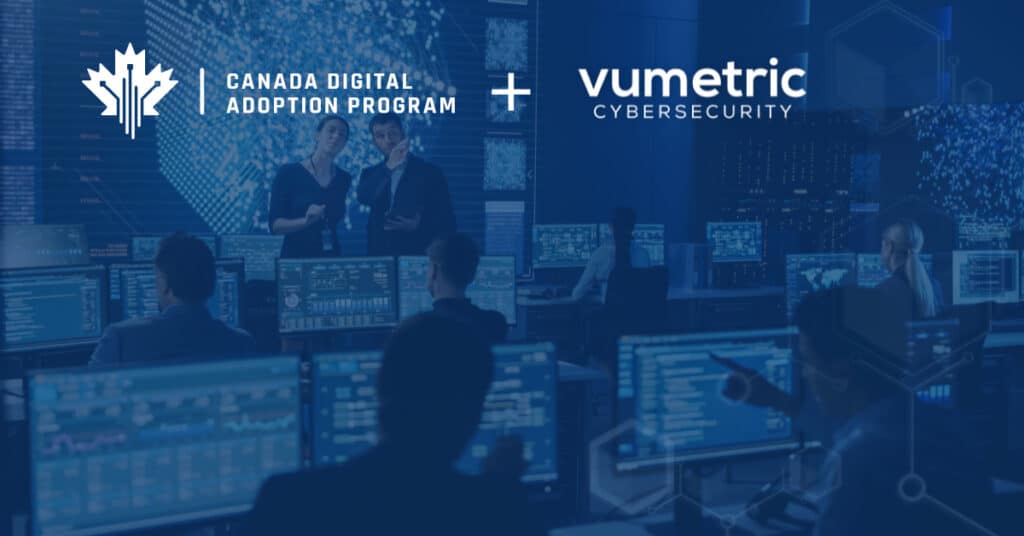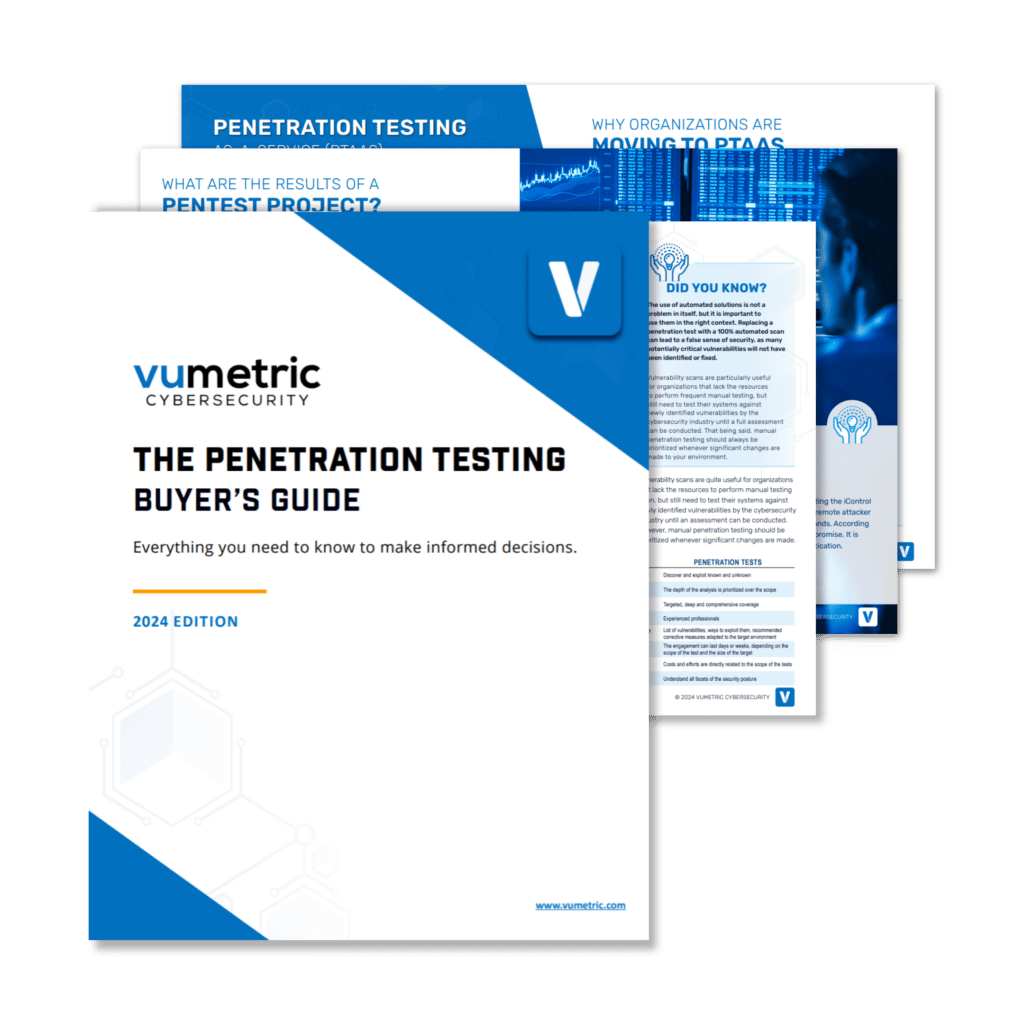Multi-factor authentication (MFA) is a security measure that requires users to provide two or more forms of identification before accessing an account. It has become increasingly popular in recent years as a way to enhance security and protect against cyber threats. However, the question remains: how secure is MFA? In this article, we will explore the strengths and weaknesses of MFA and provide insights into its effectiveness.
The Basics of MFA
MFA involves using two or more factors to authenticate a user’s identity. These factors can include something the user knows (such as a password), something they have (such as a token or smart card), or something they are (such as biometric data). By requiring multiple forms of identification, MFA makes it much harder for attackers to gain access to an account.
The Strengths of MFA
One of the main strengths of MFA is that it provides an additional layer of security beyond just a password. Passwords can be easily guessed or stolen through phishing attacks, but with MFA, even if an attacker manages to obtain one factor (such as a password), they still need another factor to gain access.
Another strength is that different types of factors can be used depending on the level of security required. For example, high-security environments may require biometric data in addition to a password and token.
The Weaknesses of MFA
While there are many benefits to using MFA, there are also some weaknesses that should be considered. One weakness is that not all types of factors are equally secure. For example, SMS-based authentication has been shown to be vulnerable to SIM swapping attacks where attackers take control over someone’s phone number by convincing their mobile carrier that they own it.
Another weakness is that some users may find MFA to be inconvenient or difficult to use. This can lead to users disabling MFA or using weaker factors, such as a simple password.
Real-World Examples
There have been several high-profile incidents where MFA has been bypassed by attackers. For example, in 2019, Twitter CEO Jack Dorsey’s account was hacked despite having MFA enabled. The attackers were able to bypass the SMS-based authentication used by Dorsey and gain access to his account.
However, it is important to note that these incidents are relatively rare and often involve sophisticated attacks that are not typical of most cyber threats.
Statistics on MFA Effectiveness
Despite some weaknesses, studies have shown that MFA is highly effective at preventing unauthorized access. According to Microsoft’s Security Intelligence Report, accounts with only a password are about 10 times more likely to be compromised than those with both a password and an additional factor.
Another study by Google found that using security keys (a type of token) reduced the risk of account takeover by 99%.
Conclusion
MFA is an essential security measure for protecting against cyber threats. While there are some weaknesses associated with certain types of factors and user adoption challenges, overall it provides significant benefits in terms of enhancing security. By using multiple forms of identification, organizations can significantly reduce the risk of unauthorized access and protect their sensitive data from cybercriminals.




